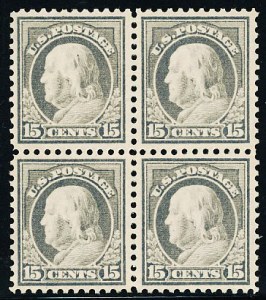

The relationship between quality and price in our hobby is ever changing. Quality standards are constantly evolving and what people look for today is quite different from the quality standards of the early days of our hobby. The earliest generation of collectors were space fillers with little or no regard for quality. Early dealer price lists and ads prove this as usually the stamp number is listed with a price with no quality grade given. About 1910 standards changed and the most defective specimens began to be discarded. Dealers began to list stamps as “Poor-Fair-or Good” to distinguish three quality grades. Grade inflation ensued so by 1950 the grades were “Very Good, Fine and Very Fine” with the linguistic contradiction that “Very Good” came to mean not so very good at all. “Extremely Fine” and “Superb” were added in the last thirty years and lately numeric grades have been added for the finest specimens. Pricing between quality grades has changed even more dramatically. In the earliest dealer lists the highest quality listed was often little more that 50% higher than the lowest. Today, “Superb” is often ten times the price of “Fine” and the highest numeric grades multiples of that. Its worth noting for a moment that such emphasis on quality is mostly a USA collector mentality and rarely extends to collectors from other countries. Certainly the Europeans and Asians who collect want nice stamps and are willing to pay for quality, but the extreme fetishizing of quality (where a slight difference can increase the price ten times or more) is an American phenomenon that is related to the influence of US numismatics on our collecting.
Shopping Cart
